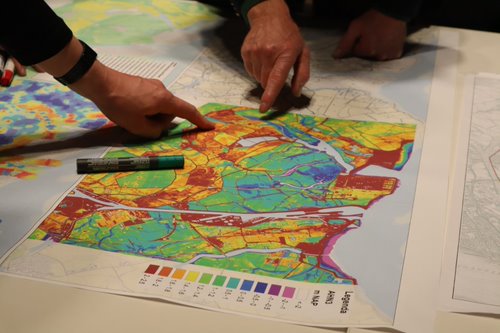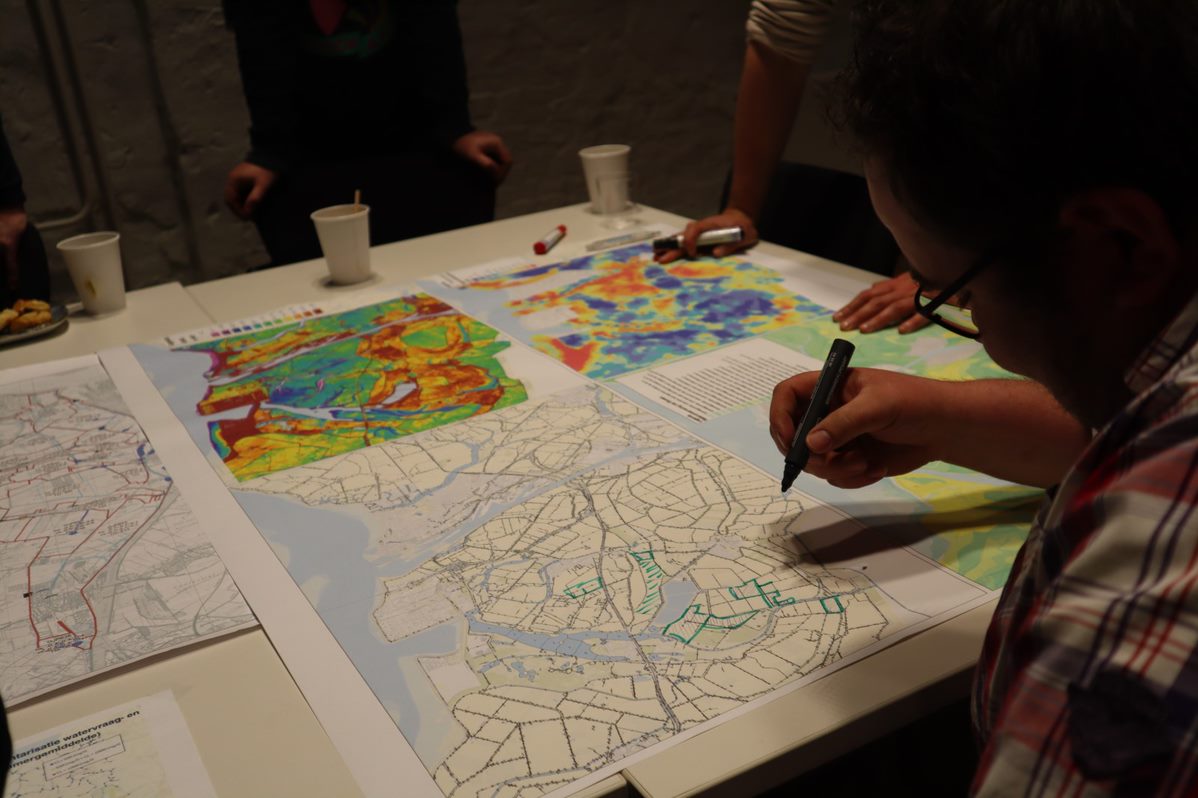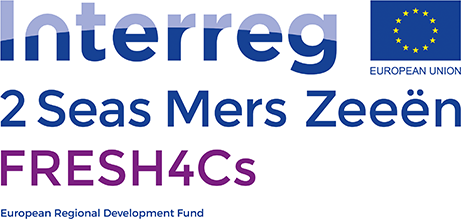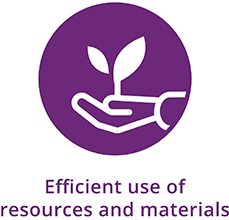Terneuzen case
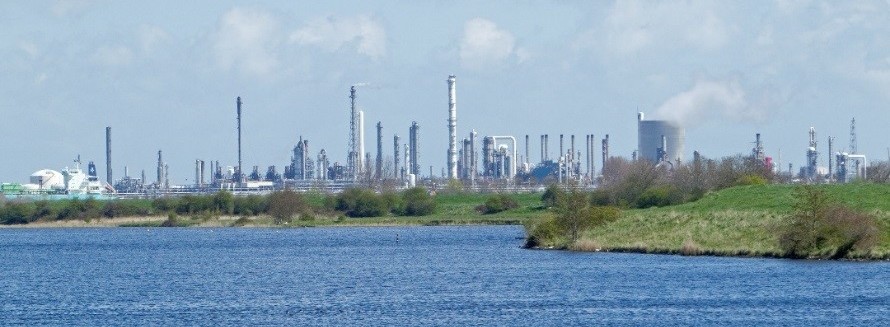
The Terneuzen case prepares for future investments (and replication of solutions provided through this project) in fresh water resources in the area through a detailed feasibility study that aims at the evaluation and analysis of the potential to implement underground storage of water (e.g. kreekruginfiltratie or other forms of shallow aquifer recharge) in the Braakman South area. The outcome of this project will result in the development of full business cases for fresh water provisions through alternative resources for both industrial and agricultural end-users, including the development and evaluation of future organization models. The main objective and planned output is the identification of areas where up to 1 million m³ of fresh water can be stored, and to enable full scale implementation by partners and observer-partners.
In the Braakman region 100 million m³ of fresh water is discharged to the river Scheldt annually. About 50% of the volume originates from Flanders and is channelled and pumped through Zeeuws-Vlaanderen. The overall water quality might be feasible for use. During summer periods both industry and agriculture suffer from a scarcity in fresh water supply. Therefore alternative sources of water with sufficient quality are being explored. In that context, the objective of this work package is to find a suitable location for the underground storage of fresh water (potentially replacing the existing salt or brackish water bodies) in the Braakman South region in Zeeuws-Vlaanderen. We will focus on a technical feasibility study, a non-technical feasibility study and the development of a business case.
The technical study will select areas suitable for underground fresh water storage based on existing and new info. An existing study combines electromagnetic measurements (Freshem, determining the salt/fresh water interface) and soil/groundwater characteristics to define areas suitable for infiltration and subsequent abstraction without negatively affecting the surrounding area. FRESH4Cs will conduct field measurements to further select the best location for underground storage of water, by sampling and analysis of subsoil and groundwater in those selected areas, focusing on salinity, pH, and volumetric rates. Given the abundant presence of creek ridges in the Braakman South area, it is expected that several suitable locations will be identified.
The non-technical study will examine the selected solutions and locations for required permits, social and policy barriers, ownership, etc. The infrastructural needs to transport the water to the selected location, and from the location to the end users, will be evaluated as well. Based on these studies, a business case must be developed, based on the input from the first two activities. This business case will define the framework conditions for the governance of the water system, such as pricing and ownership issues.
